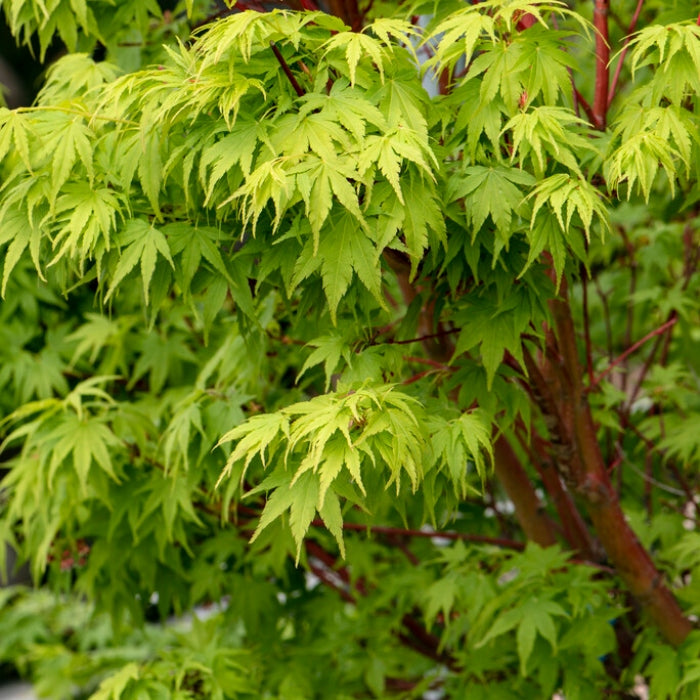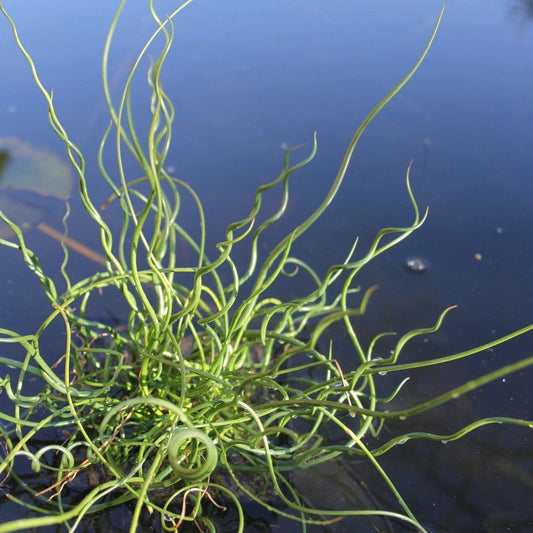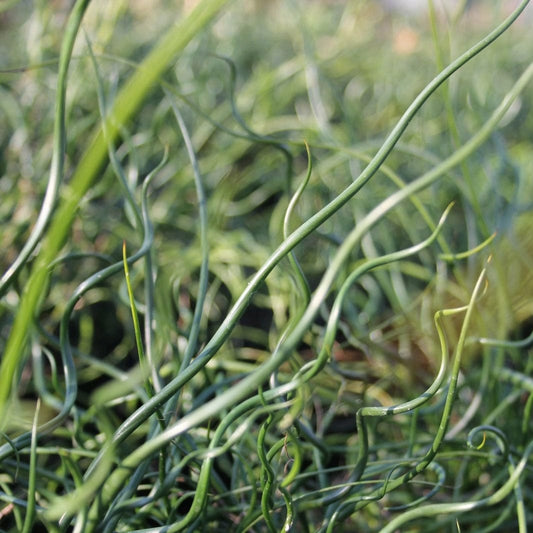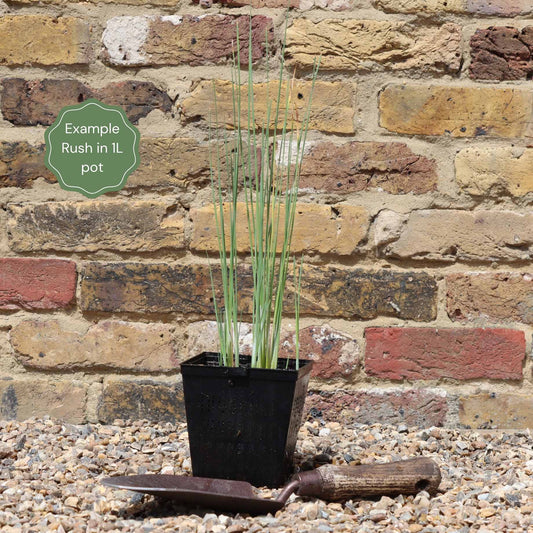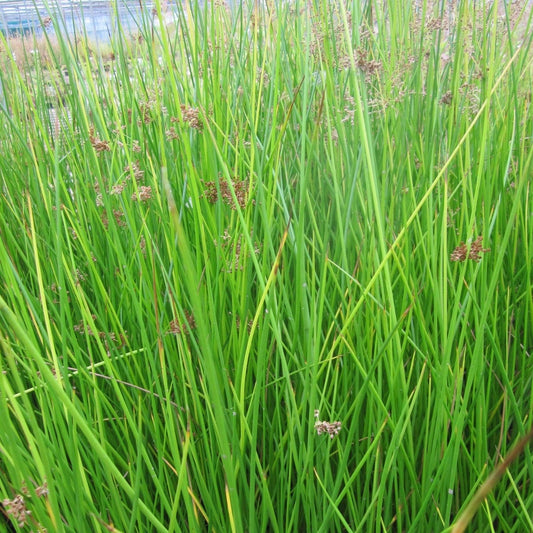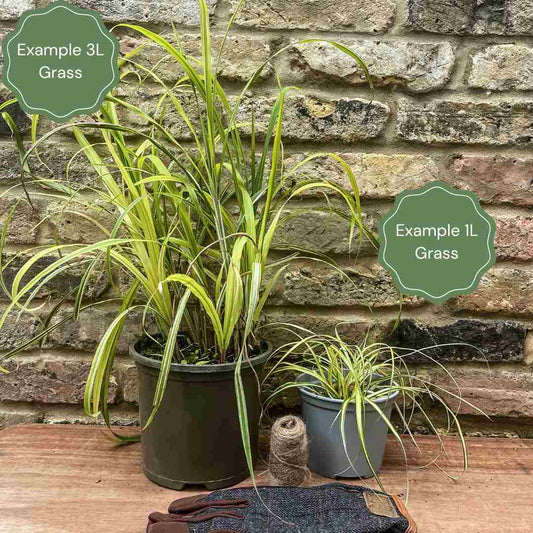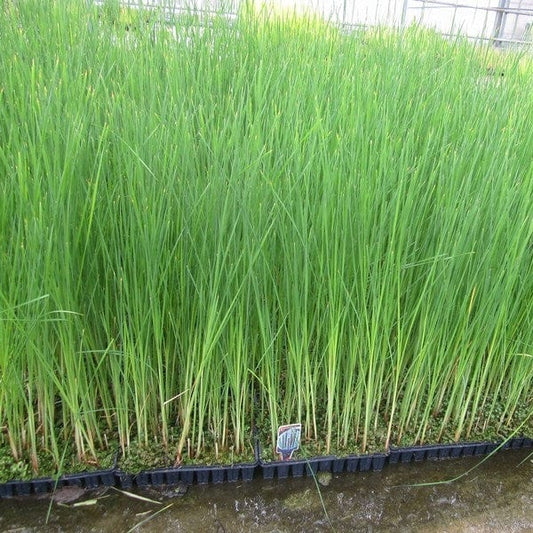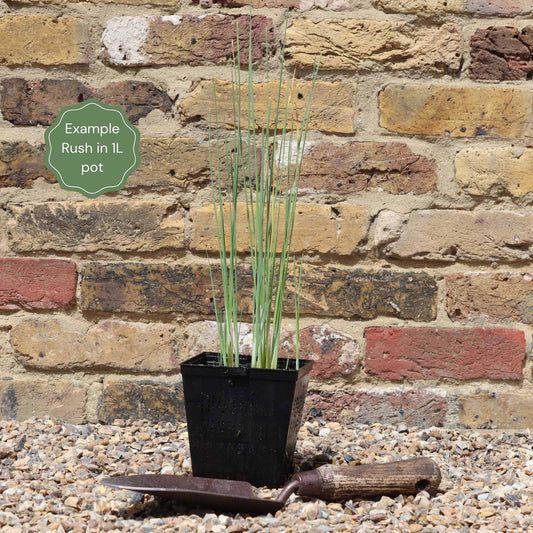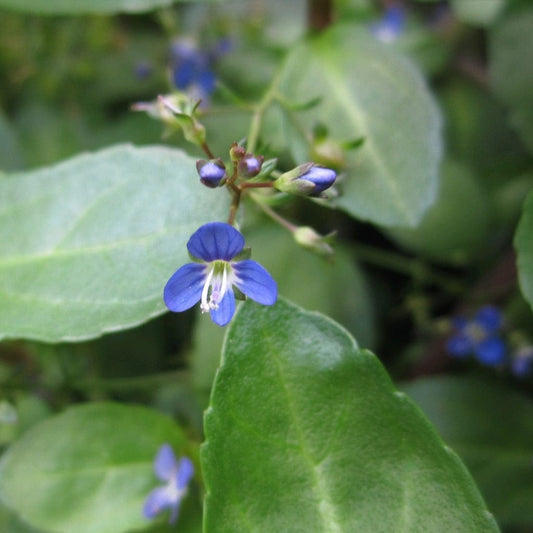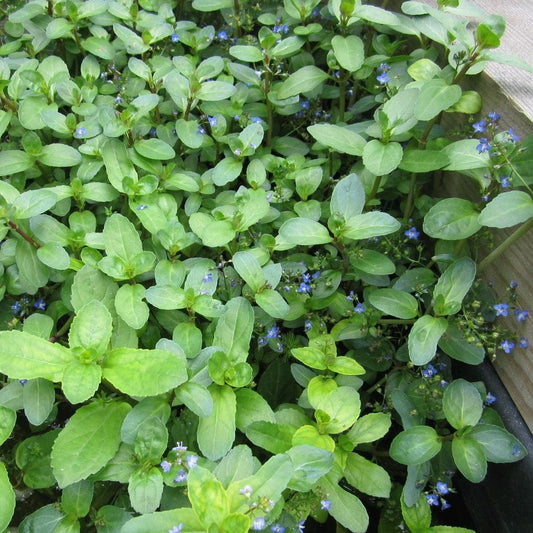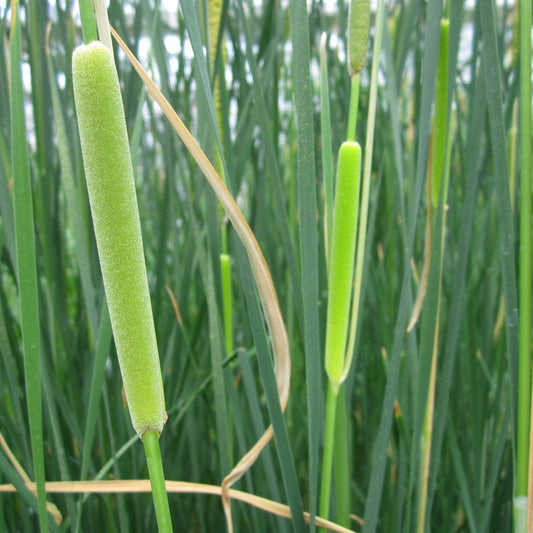Collection: Rushes
Rushes are semi-aquatic marginal pond plants, growing in moist or partially submerged conditions. Smaller bulrush plants such as Bulrush Typha Mimima, or dwarf reed mace, have a slower growing rate and are perfect for smaller ponds or aquatic tubs. Some of the larger and more invasive varieties such as Typha Latifolia bulrush can be grown in planting baskets, and Soft Rush or Spiral Rush are cultivated as ornamental grasses and are ideal for smaller ponds, raised bed gardens or potted patio planting.
Need help picking?-
Regular price From £15Regular price Sale price From £15
Corkscrew Rush | Juncus effusus spiralis
Superb spiralling rush stems
- Incredible corkscrew, twisting stems
- Zone 2 - Pond edges
- Grow in full sun or partial shade
- Attracts wildlife (including dragonflies!)
3 options available
-
Regular price From £34Regular price Sale price From £34
Common Bulrush | Typha latifolia
An absolute haven for wildlife
- Long, strappy blades of grass, brown cattails
- Zone 2 - Pond edges
- Grow in a fully sunny position
- An absolute haven for wildlife
2 options available
-
Regular price From £15Regular price Sale price From £15
Soft Rush | Juncus effusus
Arching emerald fans
- Delicate brown flowers and needle-like leaves
- Zone 2 - Pond edges
- Best grown in full sun
- Makes an ideal perch for dragonflies
4 options available
-
Regular price From £15Regular price Sale price From £15
Lesser Bulrush | Typha angustifolia
Classic UK-native bulrush
- A traditional bulrush, complete with cattails
- Zone 2 - Pond edges
- Grow in a position with full sun
- Helps attract wildlife to your pond
Currently out of stock
-
Regular price From £15Regular price Sale price From £15
Miniature Bulrush | Typha minima
Perfect for smaller ponds
- Slender leaves, small 'cattail' seedheads
- Zone 2 - Pond edges
- Grow in a position with full sun
- Flowers from July to August
Currently out of stock
-
Regular price From £15Regular price Sale price From £15
Water Pimpernel | Veronica beccabunga
Loved by pollinators!
- Succulent foliage, delicate blue blooms
- Zone 2 - Pond edges
- Thrives in a sunny spot
- Long flowering from May to September
Currently out of stock
-
Regular price From £15Regular price Sale price From £15
Medium Bulrush | Typha gracilis
Perfect for larger ponds!
- Strappy blades of foliage and iconic cattails
- Zone 2 - Pond edges
- Grow in a position with full sun
- Flowers from July to August
Currently out of stock
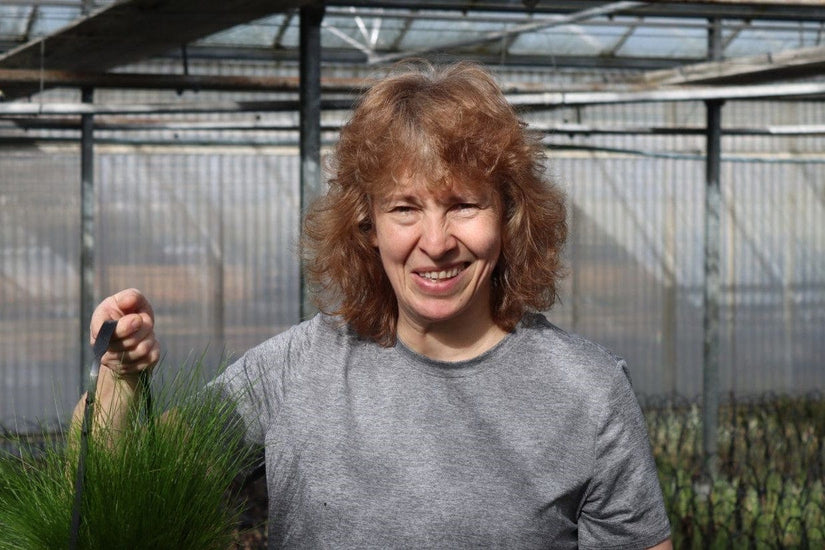
Enfield
Meet Caroline
A deep dive into sustainable gardening
Nestled amongst wildlife meadows and resident ducks, Caroline’s award winning pond plant nursery in Enfield has been making a splash since 1965, when they invented the (recycled, obvs) aquatic basket. Sixty years and multiple RHS gold medals later, they’re still surprising us with new varieties every year!
Need help picking?

Which rush?
Rushes (Juncus spp.) and Bulrushes (Typha spp.) are ‘grasses’ (though not true grasses) that suit a wide range of pond gardens, and with roughly 330 species between the two genera, there are certainly plenty to choose from! For pure visual impact, it’s hard to look past the corkscrew rush (Juncus effusus f. spiralis), whose twisting leaves draw the eye wherever they’re found. For vertical structural impact, we’d recommend the common bulrush (Typha latifolia), which can easily reach two metres in height. Don’t worry if you have a smaller pond and still want the sausage-shaped flower spikes of the bulrush, however, because there are also more compact varieties available, such as the miniature bulrush (Typha minima).

Rush companion plants
Rushes and bulrushes look great planted alongside other pond grasses, like sedges and sweet flags, as well as floating plants such as water lilies and water hawthorns. For marginal blooms at the pond’s edge, you can go for water irises, water forget-me-nots and marsh marigolds. If you’re growing rushes/bulrushes in a bog garden, rather than the margins of a pond, you can plant them alongside other foliage plants that don’t mind consistently moist soil, like hostas and ferns.

Caring for rush plants
Both rushes and bulrushes are nice and easy to look after. They’re fully hardy, easily withstanding temperatures down to -20°C. They prefer full sun, though Juncus spp. can also tolerate a bit of shade. To flourish, these plants need to be grown in permanently moist soil, while growing them in aquatic baskets can help prevent them from spreading too much and also helps keep them stable – this is particularly important for taller plants. If you notice your plants are getting a bit out of control, you can give them a spring prune to get them back in check.
Happy plants make happy customers

Plants arrived in great condition and very promptly. Well established - much better than the ones I got at my local garden centre.
Monica Spence
| 24 May
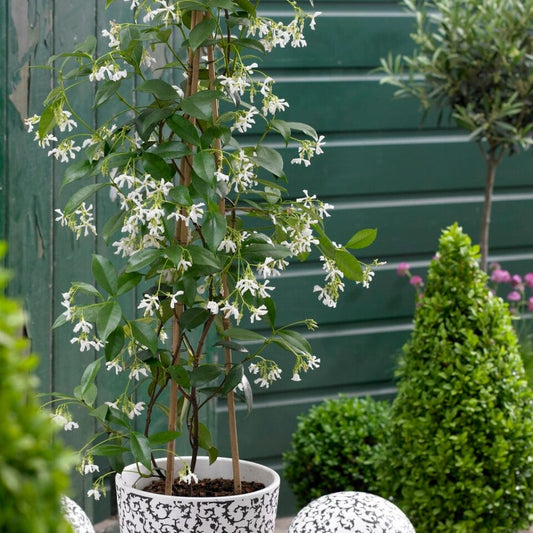
Yet again this company delivered good healthy plants, exactly as shown in photos, well packaged and within delivery time quoted. Recommend!
Jacqueline Burgess
| 2 Jun
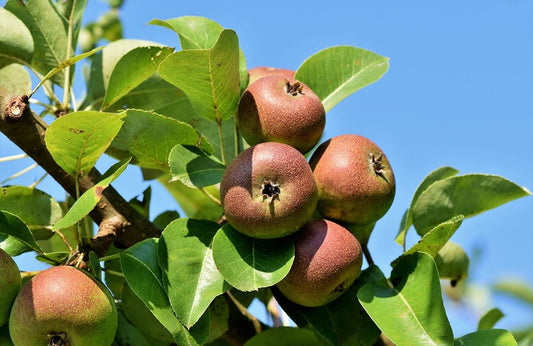
I continue to be so impressed with Roots. Their customer care, knowledge of their subject: from planting hedges to pruning roses and more, has been a great support.
Judy Lane
| 23 Oct
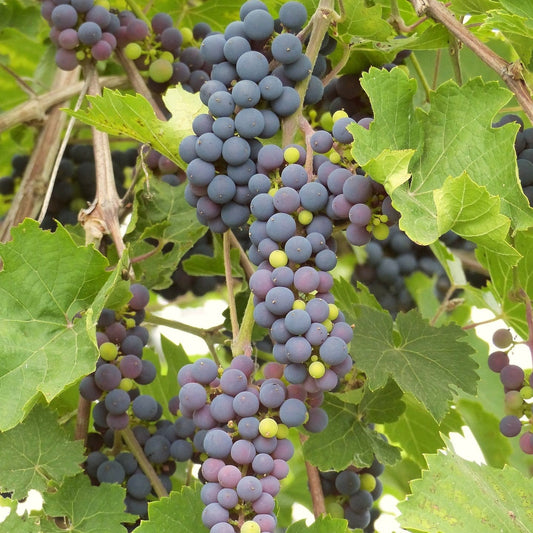
The plant arrived looking vigorously healthy, which brings a smile to your face, extremely well protected in its packaging.
Martyn Hill
| 5 Jul
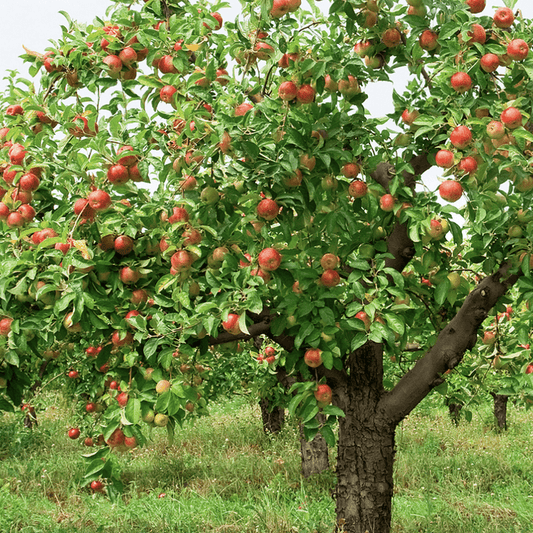
As a non-gardener, I found my whole experience brilliant. Great information & advice available on the website, great range of products & prices are brilliant.
John-Paul
| 22 May

Wonderful plants and great customer service... really surprised to find that the plants are better than those you would get at your local garden centre.
Gavin Wilcock
| 8 Nov
Fighting plastic waste
Delivering fresh from the nursery
Supporting UK growers
